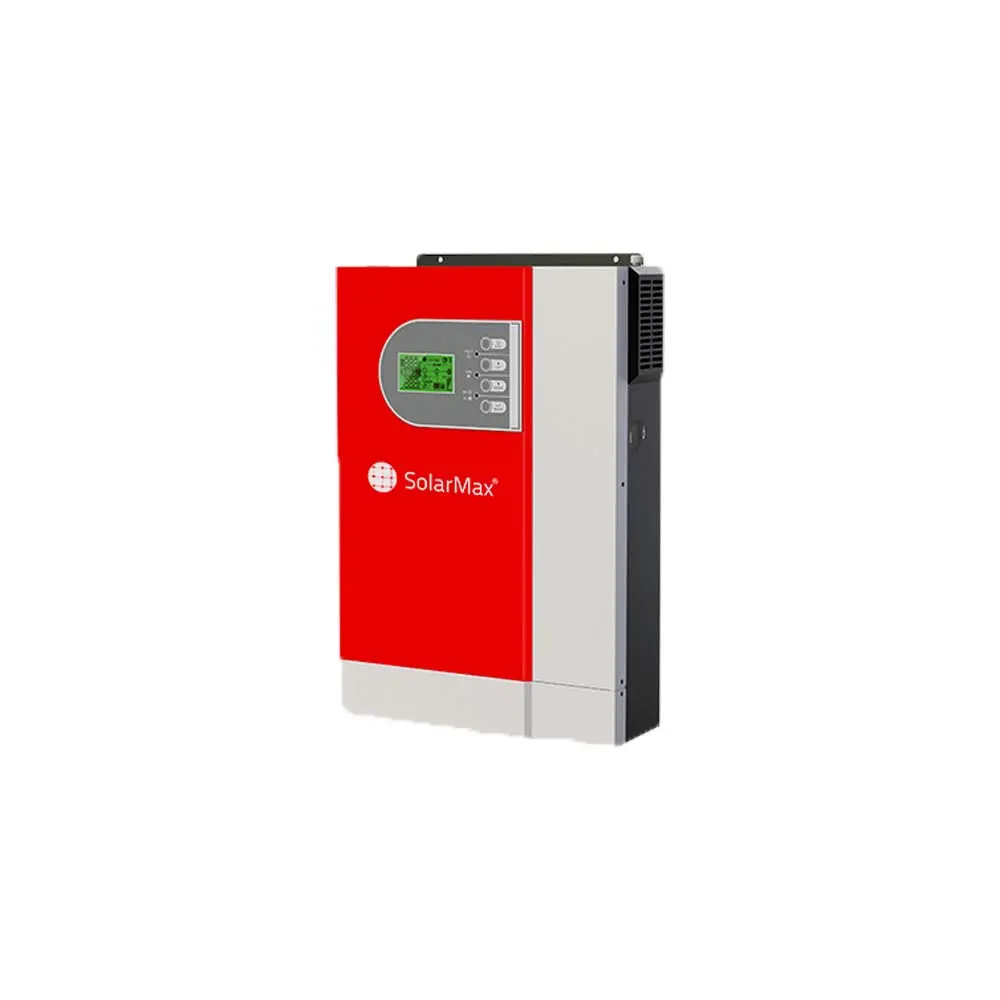The desire for self-sufficiency is soaring, and so is the popularity of off grid solar power. Imagine being completely independent from rising utility prices and grid failures! With an off grid solar inverter, this dream can easily become your reality. Whether you live in a remote cabin, a farm, or simply want true energy freedom, understanding off grid solar inverters is your first step.
What is an Off Grid Solar Inverter?
An off grid solar inverter is a critical component of a standalone solar system that transforms the DC electricity generated by your solar panels into AC power used by household appliances—without any connection to the public grid.
How an Off Grid Solar Inverter Works
Here’s a quick breakdown:
- Solar panels capture sunlight and produce DC electricity.
- The charge controller regulates the flow into batteries, preventing overcharging.
- The batteries store energy for later use.
- The off grid inverter draws energy from the batteries and converts it into AC electricity to run your lights, appliances, and electronics.
Difference Between On Grid and Off Grid Inverters
- On Grid Inverter: Sends surplus power to the grid; requires the grid to function.
- Off Grid Inverter: Works independently; powers your home directly from solar and stored battery energy.
Main Components of an Off Grid Solar System
- Solar Panels
- Charge Controller
- Battery Bank
- Off Grid Inverter
- Backup Generator (optional for redundancy)
Top Benefits of Using Off Grid Solar Inverters
- True Energy Independence: No reliance on utility companies.
- Perfect for Remote Areas: Ideal where grid access is impossible or costly.
- Protection Against Blackouts: Your lights stay on when everyone else’s go off.
- Environmental Impact: 100% renewable, reducing your carbon footprint.
Challenges of Off Grid Solar Systems
- Higher Upfront Cost: Batteries and larger systems increase costs.
- Energy Storage Limits: You must carefully manage stored energy, especially in winter.
- Maintenance Needs: Batteries and equipment require regular monitoring.
Is Off Grid Solar Right for You?
Ask yourself:
- Do you live in a remote area?
- Are you tired of unreliable grid service?
- Are you ready to invest in energy independence?
If you answered yes, off grid solar is worth serious consideration.
Choosing the Best Off Grid Solar Inverter
Prioritize these features:
- High efficiency
- Expandable battery support
- Smart monitoring capabilities
- Surge capacity for appliances like pumps and refrigerators
- Comprehensive warranty
Top Brands for Off Grid Inverters
- Outback Power
- Schneider Electric
- Victron Energy
- Samlex America
- Growatt
These brands are known for reliability and robust customer support.
Installation Process for Off Grid Systems
Installing off grid systems requires:
- A full energy audit
- Proper panel and battery bank sizing
- Permits and compliance (if required in your area)
- Professional installation for safety and optimization
Cost Breakdown for Off Grid Solar
- Solar panels: $5,000–$15,000
- Battery bank: $5,000–$20,000
- Inverter: $1,000–$5,000
- Installation: $5,000–$10,000
Total: $15,000–$50,000 depending on size and complexity.
Maintaining an Off Grid Solar Inverter
- Check connections regularly.
- Update firmware if available.
- Monitor system performance monthly.
- Replace batteries as they age.
Battery Storage Essentials for Off Grid Living
- Lead-Acid Batteries: Lower upfront cost but shorter life.
- Lithium-Ion Batteries: More expensive but longer life and better efficiency.
Always have a battery management system (BMS) in place!
How Much Solar Do You Need to Go Off Grid?
A typical off grid home needs 6-15 kW of solar capacity depending on lifestyle, climate, and energy consumption habits. Always oversize your system for cloudy days and seasonal variations.
Solar Power Management Systems
Advanced inverters come with integrated energy management, letting you balance loads, prioritize usage, and even automate energy-saving protocols.
Understanding Load Management in Off Grid Systems
Using power-hungry devices during the daytime when solar production peaks is key. Smart scheduling can dramatically extend battery life.
Importance of Redundancy in Off Grid Systems
Have a backup generator or an additional solar bank. Redundancy ensures you’re never powerless during extended bad weather or maintenance downtime.
Safety Measures for Off Grid Installations
- Proper grounding
- Overcurrent protection devices (fuses and breakers)
- Surge protection
- Safe battery storage with ventilation
Life Expectancy of Off Grid Solar Inverters
Quality inverters last 10–15 years, similar to grid-tied models. Choosing a reputable brand and regular maintenance extend lifespan.
Government Incentives for Off Grid Solar Systems
Even though you’re off grid, you can still qualify for:
- Federal tax credits (30% ITC)
- State rebates
- Renewable energy grants in some regions
Living Comfortably Off Grid
You’ll need:
- Efficient appliances
- Conscious energy usage habits
- Reliable backup systems
Off grid life doesn’t have to mean sacrificing modern comforts!
Common Mistakes in Off Grid System Setup
- Underestimating your energy needs
- Skimping on battery storage
- Poor inverter sizing
- Neglecting backup power options
Smart Inverters for Off Grid Applications
Smart inverters offer remote monitoring, automatic grid-forming abilities, and seamless transition to generator backup. A worthwhile upgrade!


